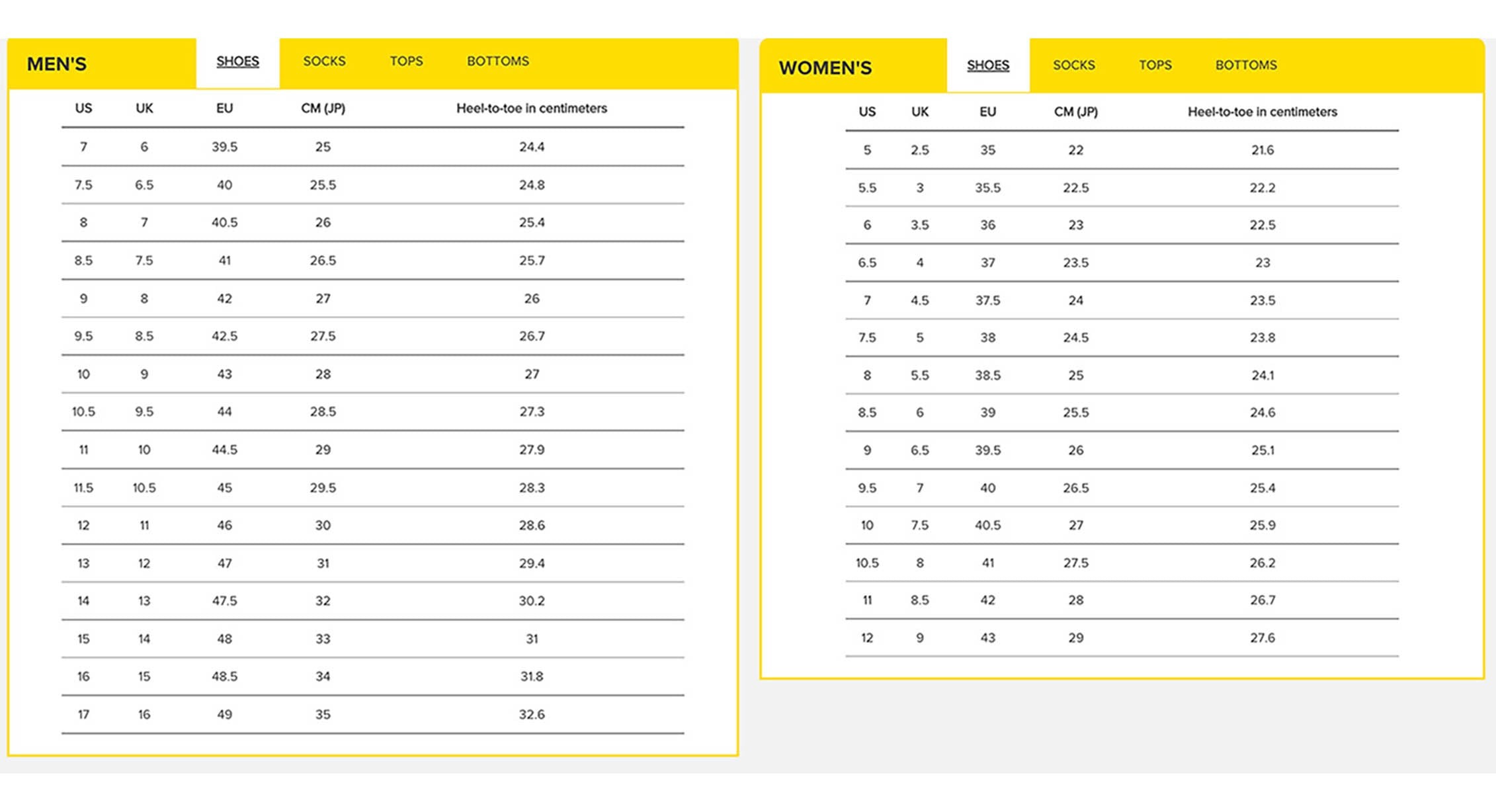Understanding the difference between men’s and women’s shoe sizes can be confusing. Generally, men’s shoes are about 1.5 sizes larger than women’s. This means a women’s size 9 is typically equivalent to a men’s size 7.5. But there’s more to it than simple subtraction. This guide will break down the nuances of shoe sizing across genders, helping you find the perfect fit, regardless of the label.
Decoding the Size Difference: Men’s vs. Women’s
The 1.5 size difference isn’t a universal rule. While it often holds true, variations exist due to brands, shoe styles, and individual foot shapes. The most accurate way to compare sizes is by using the foot length in centimeters (cm).
Converting Women’s to Men’s Shoe Sizes
To find your corresponding men’s size:
- General Rule: Subtract 1.5 from your women’s shoe size. For example, a women’s size 8 would be a men’s size 6.5.
- Precise Measurement: Refer to a size chart that provides measurements in centimeters. Find your women’s size and its corresponding length in cm. Then, locate the men’s size that matches that same length.
Important Note: This conversion might not work for everyone, particularly those with very small or large feet. Smaller sizes in men’s might not be available, while larger sizes in women’s might be limited.
Converting Men’s to Women’s Shoe Sizes
To find your corresponding women’s size:
- General Rule: Add 1.5 to your men’s shoe size. For instance, a men’s size 9 would translate to a women’s size 10.5.
- Precise Measurement: As with the previous conversion, using a size chart with centimeter measurements is the most reliable method.
Consider Kids’ Sizes: Individuals with smaller feet might find suitable options in children’s shoe sizes. This applies to both men and women.
Beyond the Numbers: Width and Fit Considerations
While length is crucial, width and overall fit also play a significant role in shoe comfort. Men’s shoes tend to be wider and have a larger volume to accommodate broader feet. Women’s shoes, on the other hand, are often designed with a narrower profile.
Even within gender categories, shoe styles can significantly impact fit. A running shoe will fit differently compared to a dress shoe. Always consider the specific shoe’s design and your own foot shape when selecting a size.
Finding Your Perfect Fit: Prioritize Comfort
Ultimately, the number on the label is less important than how the shoe feels on your foot. Don’t hesitate to try on shoes in different sizes, including sizes outside your typical range. Pay attention to toe room, heel fit, and overall comfort. Remember, a properly fitted shoe is crucial for foot health and overall well-being.
